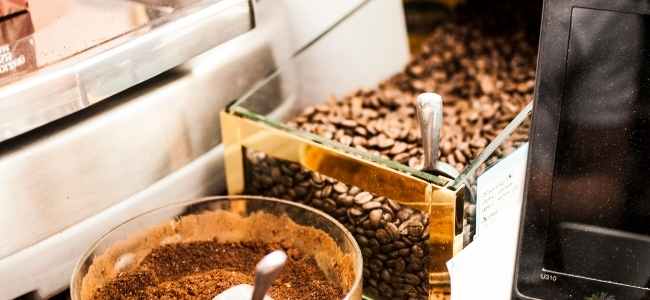Did you know that Americans drink three times as much coffee as tea?
With a Starbucks around every corner, it’s impossible to ignore the coffee craze. More and more people are starting their day with an iced or hot coffee-based drink.
But what exactly goes into the making of this caffeinated beverage? And does it really make a difference when it comes to taste?
We’re here to fill you in! Keep reading below to learn four factors that affect the quality of the coffee bean!
1. The Coffee Bean Variety
Just as different grapes produce different wines, different coffee bean varieties produce different types of coffee.
The most common type of coffee bean is the Arabica variety. Arabica beans produce a sweeter, less acidic flavored coffee. It’s often considered to have fruity notes or the slight flavor of chocolate or caramel.
The second most common is the Robusta variety. It has around double the caffeine content of the Arabica variety and has a stronger, bitterer flavor.
Arabica and Robusta are the two varieties you’ll find most commonly in cafes or grocery stores, but others exist. The Kopi Luwak variety, for example, is a rarer variety that is incredibly sweet and expensive.
2. Growing Conditions
Just about every aspect of the growing process can affect the flavor and quality of a coffee bean. For instance, the soil a coffee plant grows in can affect the flavor—varying minerals and nutrients in soils from different locations will produce different flavor notes.
Coffee beans from plants grown in shade, as opposed to full-sun, are considered of a higher quality. Another condition to note is the age of the coffee plant. Beans harvested from trees between 7-20 years-old will produce the best yields.
3. Processing Method
There are typically three ways that coffee beans are processed—dry, wet, or a pulp natural processing method. The processing method can largely affect the final flavor and quality of a bean.
During the dry process, the beans are laid beneath the sun to dry for around ten days. Once the skin and fruit have become brittle, they are removed from the coffee bean. Dry processing gives the coffee bean a fuller flavor, and they’re more likely to have fruity and earthy flavors than beans that are wet-processed.
Wet processing involves the coffee cherries soaking in vats of water until they’ve softened enough for a machine to remove the fruit from the seeds. The beans then ferment in water vats, after which any residual fruit is stripped from them before they begin to dry. Wet-processed beans have a cleaner taste and typically result in a light-medium bodied coffee.
Pulp natural processing is essentially a hybrid between dry and wet processing. During this process, the coffee beans are washed enough for the outer skin to be removed.
They’re then dried with the fruit still clinging to the bean. Beans that go through pulp natural processing produce cleaner-tasting coffees than dry processing, but more full-bodied coffees than wet processing. They’re also touted as producing sweet, honey-like coffee flavors.
4. Roasting Method
The heat that comes with roasting a coffee bean changes the chemical structure of the bean. This can lead to the caramelization of sugars in the bean or bring out the acidity.
Light roasts typically have a more acidic flavor, while dark roasts have a stronger, bitter flavor.
Roasting methods can make or break a coffee’s final flavor, so many suppliers are secretive of their roasting processes. It’s important to consider this if you’re making a choice between coffee suppliers and want to know the full profile behind your coffee choices.
Getting It Right
Just about every single condition you could possibly think of can change the quality and flavor of a coffee bean. This makes the coffee bean a versatile medium for beverage artists. It’s worth thinking about the next time you place you pick up a bag of beans at the grocery store!
For more articles like this, check out the rest of our website!


